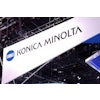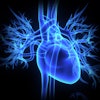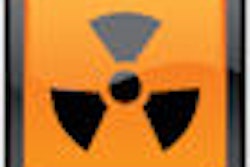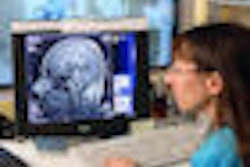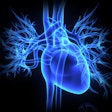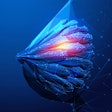Chest radiographs easily identify children with Kawasaki disease who are at risk for serious coronary artery aneurysms, Canadian researchers report in a study published online September 26 in Pediatric Cardiology.
The findings could alleviate the need to expose Kawasaki patients unnecessarily to higher radiation doses of other diagnostic procedures, according to the group, from Sainte-Justine University Hospital Center in Montreal, Quebec.
A multidisciplinary team of radiologists and cardiologists conducted a retrospective review of 65 coronary artery angiograms performed on 50 patients between 1992 and 2006. They wanted to correlate angiographic anomalies associated with coronary calcifications in Kawasaki disease, and to evaluate the chronology and detection rate of Kawasaki disease-related coronary artery calcifications on plan chest x-rays, according to lead author and radiologist Dr. Chantale Lapierre.
The researchers identified coronary artery lesions in 18 patients, or 36% of the total. Isolated coronary artery aneurysms were identified in 10 patients, or 20%. All of the eight patients who had coronary artery aneurysms associated with stenosis or occlusion had coronary artery calcifications that could be identified on chest x-rays.
Based on their analysis, the authors recommend that chest x-rays be ordered first for children with Kawasaki disease at risk for serious coronary artery stenosis when a specific search for calcification is pursued. Only if this is detected should other imaging procedures requiring higher radiation dose and sedation be ordered and warranted, according to the researchers.
Related Reading
MRA recommended over CTA following Kawaski disease, July 6, 2009
Coronary artery complications occur late in Kawaski disease course, December 26, 2005
AHA issues new guidelines for managing Kawaski disease, October 26, 2004
Copyright © 2009 AuntMinnie.com


